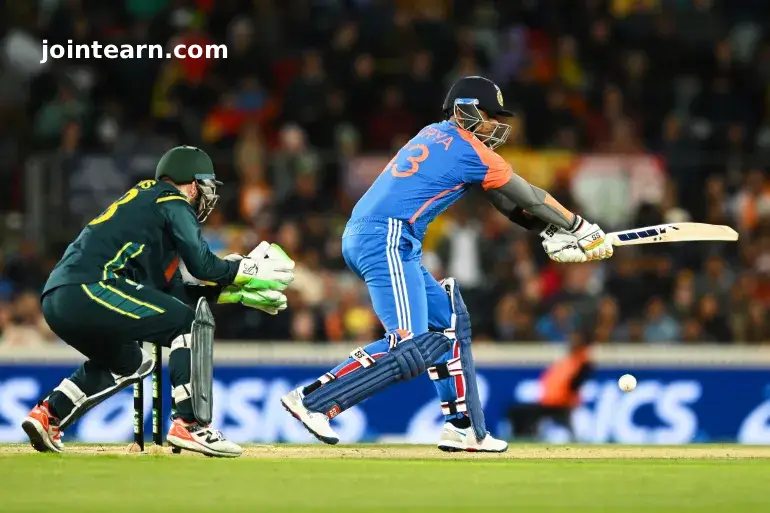
Cricket fans are gearing up for another blockbuster clash as Australia take on India in the second T20 International (T20I) of their five-match series at the iconic Melbourne Cricket Ground (MCG) on Friday, October 31, 2025. Following the rain-affected first game, both teams are determined to make a statement in this much-anticipated encounter ahead of the 2026 ICC T20 World Cup.
🏏 Match Details: Australia vs India 2nd T20 2025
- Match: Australia vs India – 2nd T20 International
- Date: Friday, October 31, 2025
- Venue: Melbourne Cricket Ground (MCG), Melbourne
- Time: 7:15 PM local time (08:15 GMT)
- Live coverage: Full build-up and live text commentary on Al Jazeera Sport from 5:45 GMT
🌧️ First T20 Recap: Rain Washes Out a Promising Start
The opening match of the series ended in frustration after persistent rain in Adelaide halted India’s innings at 9.4 overs. Before the interruption, Suryakumar Yadav (39 off 24) and Shubman Gill (37 off 20) lit up the night with a thrilling 62-run stand in just under six overs.
Despite the no-result, both teams took positives from their brief performances and now turn their attention to Melbourne for a decisive showdown.
🇦🇺 Australia’s Form and Build-Up
Australia enter the second T20 with confidence, boasting an eight-series unbeaten streak in bilateral T20s, including seven series wins. Captain Mitchell Marsh will look to extend that dominance on home soil as the Aussies fine-tune their squad ahead of next year’s T20 World Cup.
The hosts, however, are missing several key players:
- Pat Cummins is sidelined with a back injury.
- Adam Zampa is absent on paternity leave.
- Cameron Green is being rested to prepare for the Ashes series.
This gives emerging talents like Xavier Bartlett and Mitchell Owen a golden opportunity to impress.
🇮🇳 India’s Form: Champions in Command
India, ranked No. 1 in T20 cricket, are in red-hot form. The Men in Blue are unbeaten in their last nine bilateral T20 series, with six consecutive series victories leading into this contest.
Under captain Suryakumar Yadav, the reigning T20 World Cup champions are using this series as a crucial test ahead of the 2026 T20 World Cup, which they will co-host with Sri Lanka.
Key returnees include Jasprit Bumrah, who missed the ODI leg but is back spearheading India’s bowling attack. Meanwhile, Nitish Kumar Reddy was added to replace the injured Hardik Pandya, though he remains sidelined for the opening matches due to a quadricep injury.
🏟️ Venue Spotlight: Melbourne Cricket Ground (MCG)
The Melbourne Cricket Ground remains one of cricket’s most iconic venues, with a capacity of 90,000 fans. Despite its size, it’s still smaller than India’s Narendra Modi Stadium in Ahmedabad, which holds an astonishing 132,000 spectators.
Friday’s clash is a complete sellout, underscoring the growing popularity of T20 cricket and India’s massive fan base in Australia. Even with Britpop legends Oasis performing across town at Marvel Stadium, the MCG is expected to be packed with a sea of blue-clad supporters.
⚡ Player Watch
- Suryakumar Yadav: India’s T20 captain and one of the most explosive batters in world cricket.
- Mitchell Marsh: Leading from the front as Australia’s all-round star and captain.
- Jasprit Bumrah: India’s pace ace returning to T20 action with lethal precision.
- Tim David & Nathan Ellis: Set for their first-ever T20 appearance at the MCG, adding excitement for local fans.
🔥 Head-to-Head: India’s Dominance Continues
India have won seven of the last eight T20 matches against Australia, including the last three encounters. Even more striking, Australia have never won a multi-match T20 series on home soil against India.
This psychological advantage gives India an edge as both teams look to fine-tune strategies ahead of next year’s global tournament.


Leave a Reply